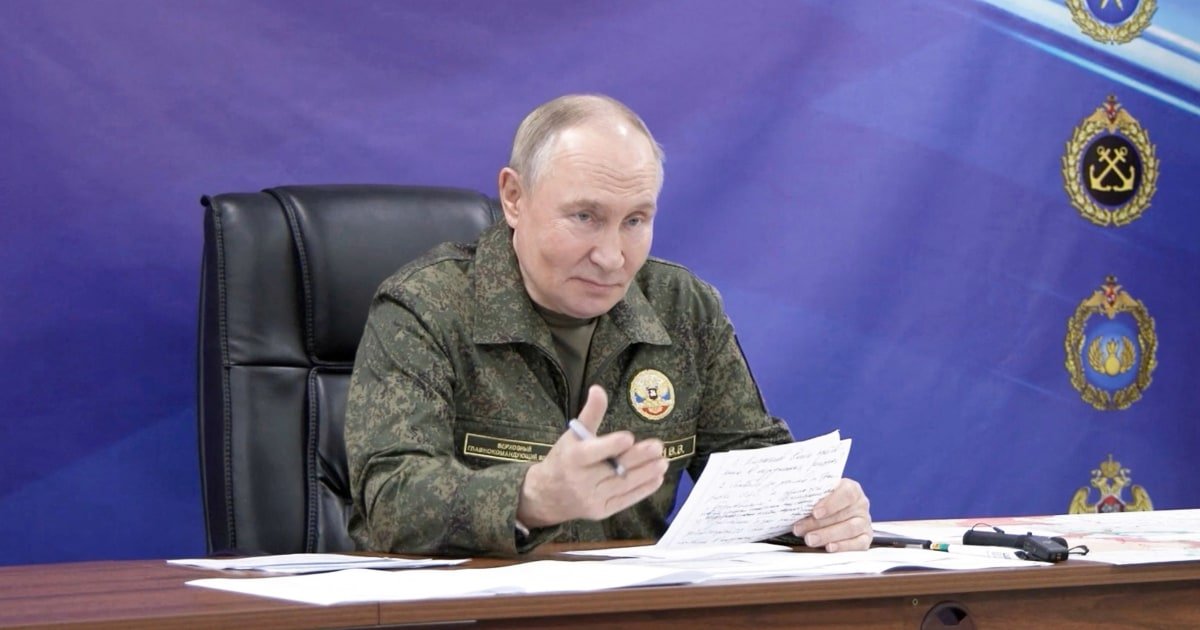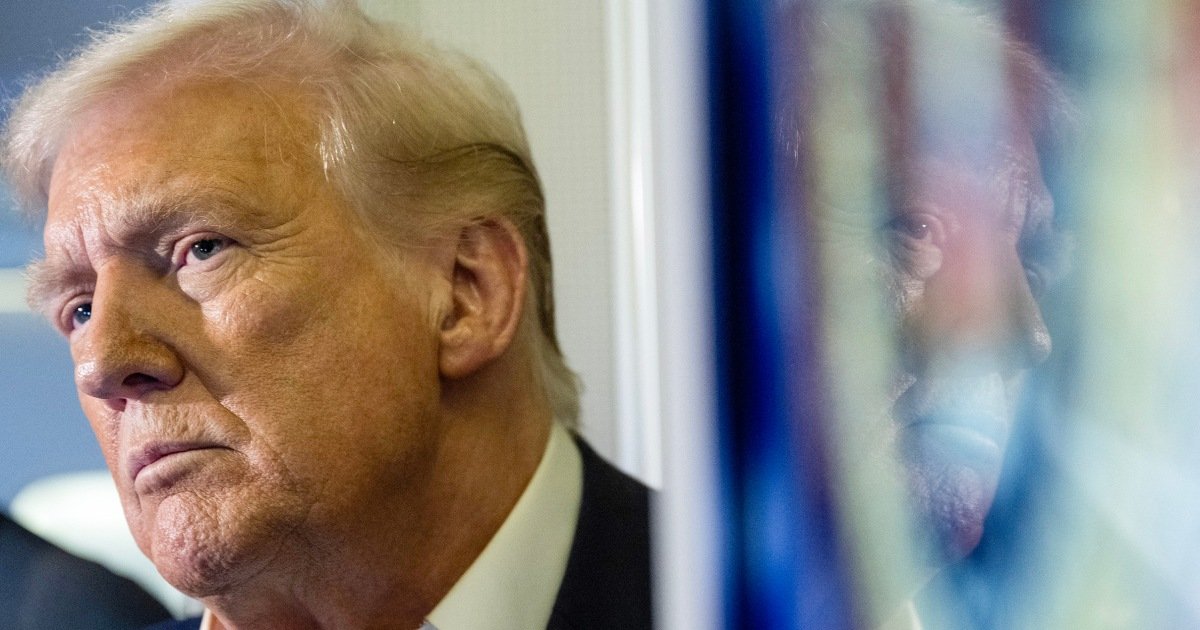Russia says it has successfully tested an experimental weapon straight out of a science fiction movie: a nuclear-powered cruise missile with unlimited range, whose low-flying, ground-sticking and loitering capabilities could evade U.S. missile defenses and deliver atomic bombs anywhere on Earth.
Russian President Vladimir Putin said on Sunday that the Burevestnik – meaning “petrel” (a type of seabird) – was “indeed a unique weapon that no other country possesses.”
The development has sparked international concern, with President Donald Trump saying on Monday that it was “inappropriate” to conduct such tests when Russia should be focusing on peace talks with Ukraine.
But many Western experts have questioned the value of the missile, which NATO code-names “Skyfall.” Some say it does nothing Russia can’t already do, while others deride it as a waste of money. There are also safety concerns that the minijet that powers the missile could cause a radiation catastrophe.
“The main reason no one else has tried to build something like this is that it really has no use,” Pavel Podvig, a senior researcher at the United Nations Institute for Disarmament Research, told NBC News.
Instead, the weapon is “largely political,” according to Podvig, who is based in Geneva and heads the Russian Nuclear Forces Project. “I think it was important to the Kremlin that this was unique and something that no one else had done before.”
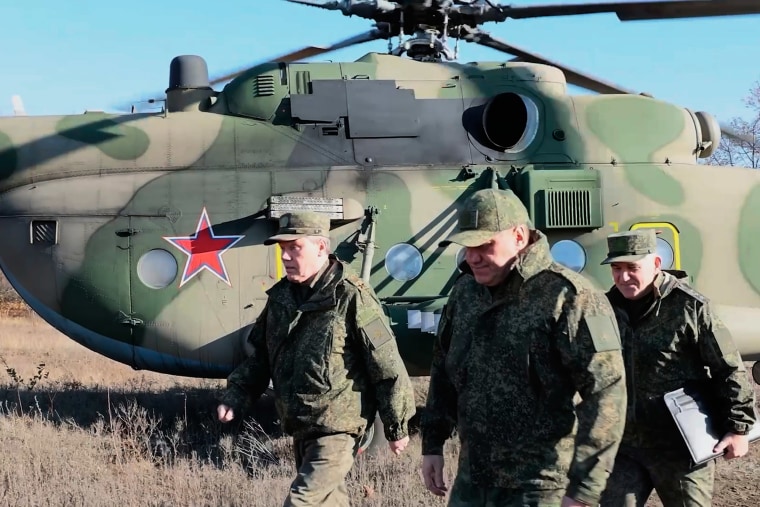
Trump noted Monday that there are other ways to deliver a nuclear warhead.
“We have a nuclear submarine, the largest in the world, right off your coast,” he told reporters aboard Air Force One. Therefore, a missile “doesn’t have to go 8,000 miles,” he added.
“We test missiles all the time,” he said. “They don’t play with us and we don’t play with them either.”
The Kremlin said it saw no reason why the test would “strain relations between Moscow and Washington,” already complicated by the shelved Putin-Trump summit.
The test was announced Sunday by Putin and Gen. Valery Gerasimov, Russia’s chief of staff, who appeared together in a video wearing camouflage uniforms.
Gerasimov told the president that the missile had flown for 15 hours and covered 8,700 miles during a test last Tuesday, a record but not the limit of its range, he said.
Gerasimov spoke of its “assured accuracy against highly protected targets at any distance” and said it had “a high ability to evade missile defense and air defense systems.”
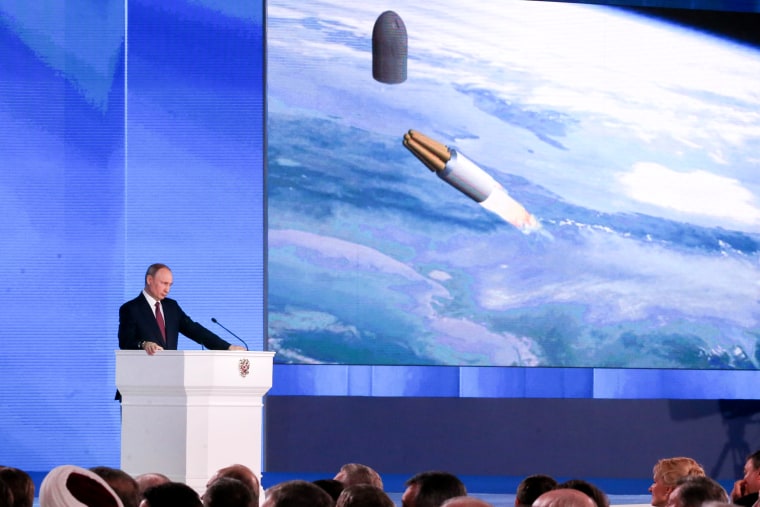
This was the first time the missile performed “a flight of many hours,” Gerasimov added. But the Burevestnik is far from new, having been announced by Putin in March 2018.
It uses a reactor, essentially a “miniature nuclear power plant,” to heat air to temperatures of nearly 3,000 degrees Fahrenheit, which powers a ramjet engine that could keep it flying for days, according to a 2019 report by the Nuclear Threat Initiative, a U.S. nonprofit group.
Both the United States and the Soviet Union considered developing this technology during the Cold War, but abandoned it due to concerns highlighted by experts today.
Those fears came true in 2019. An offshore explosion in the Russian Arctic killed five scientists and increased radiation in a nearby city. Experts and later the US government said it was probably a failed test by Burevestnik.

Norway said Monday that last week’s test was carried out from an archipelago in the Barents Sea. “We can confirm that Russia has conducted a new test launch of the Skyfall (Burevestnik) long-range cruise missile at Novaya Zemlya,” Vice Admiral Nils Andreas Stensoenes, head of Norway’s Intelligence Service, told Reuters in an emailed statement.
The missile is a second-strike weapon, designed to be part of Russia’s response to a nuclear attack. But any such attack on Moscow’s military sites would likely also target the Burevestnik launch pads, Podvig and others believe. It is also likely to be detected during its long flight, he said.
He and others interpret this week’s announcement as a political response to Trump’s plans to create a “Golden Dome” missile defense system in the United States.
Others see Putin’s announcement as a response to this month’s sanctions by the European Union and Trump.
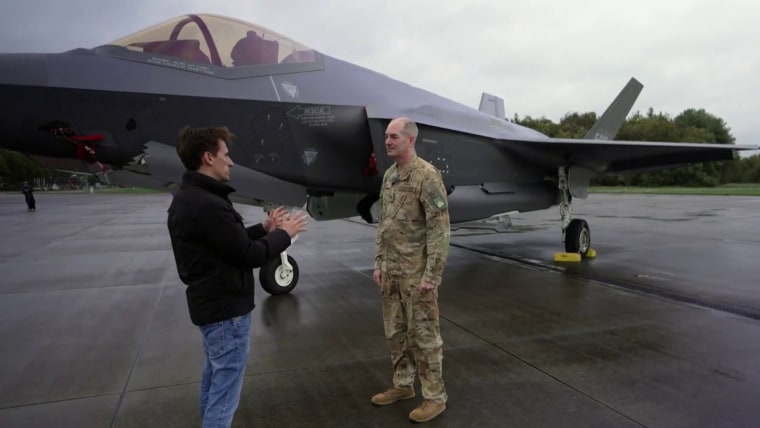
Putin’s spokesman Dmitry Peskov did little to disabuse this idea when asked about it during his daily press conference on Monday.
“Ensuring security is a vital issue for Russia, especially given the militaristic sentiment we currently hear mainly among Europeans,” he said.
“Despite all our openness to establishing a dialogue with the United States, Russia, first of all, and the president of Russia, we are guided by our own national interests,” Peskov added.
Some observers, like Fabian Hoffmann, a doctoral researcher at the Oslo Nuclear Project, part of the Norwegian University of Oslo, were not too worried.
“I celebrate every ruble that Russia invests in this useless and unnecessary missile,” he posted on X.





